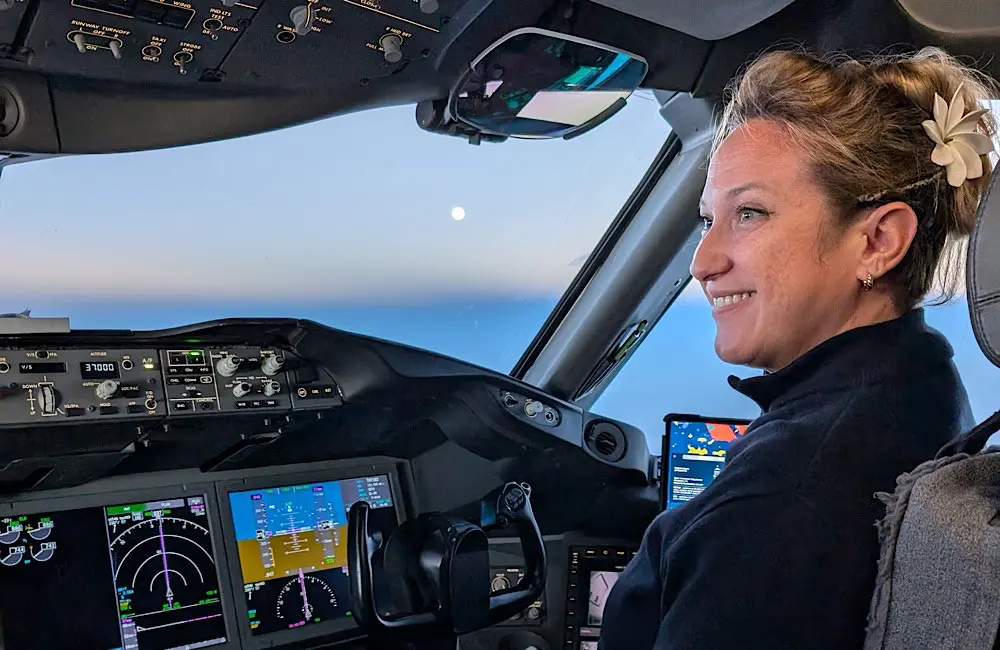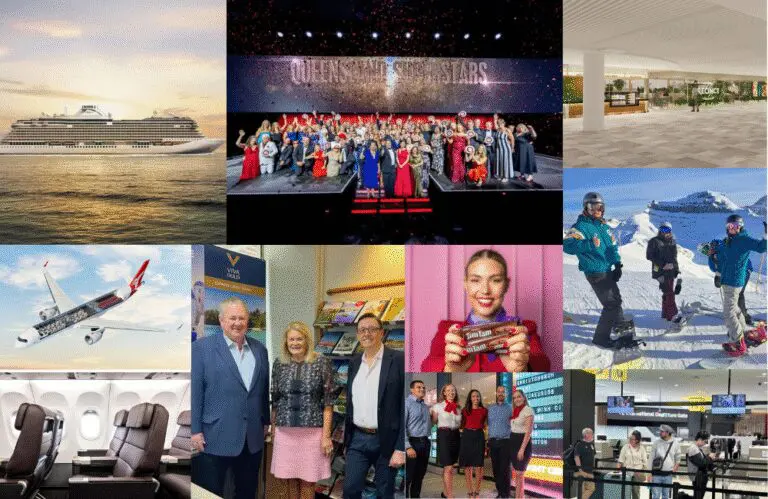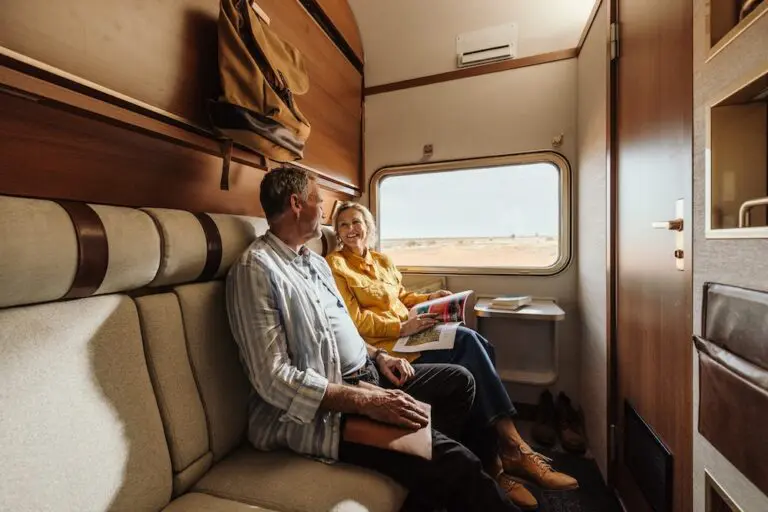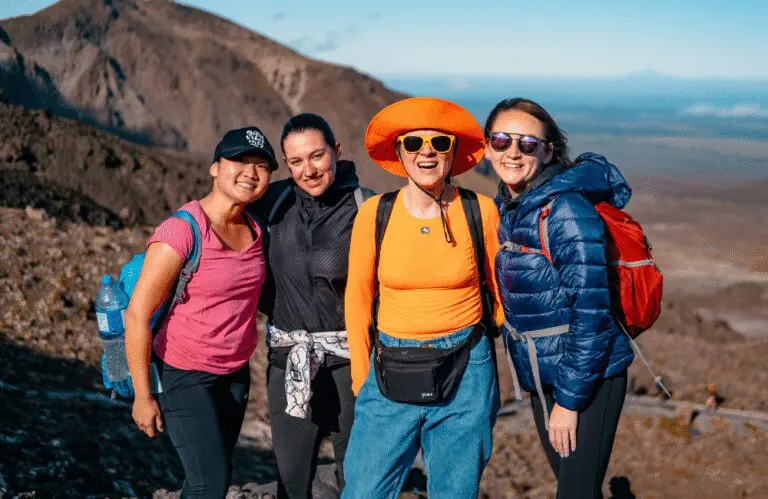At 18, Heirangi Mollier left the only home she’d ever known with a destination in mind, and no shortcuts to get there. Ten years, three continents and countless hours in the cockpit later, she returned with a callsign she earned herself. Today, as a pilot on one of Air Tahiti Nui’s Dreamliners, she flies the same skies her parents once did, carrying her island with her through every climb and descent.
Before she ever touched a yoke, Heirangi Mollier stood with her father at the edge of Tahiti’s runway 22, watching her mother’s aircraft thunder down the tarmac and lift into the sky. Her mother, a senior cabin crew member with Air France, flew long-haul routes that often meant days away. Mollier and her father made a habit of seeing her off. He was a pilot, and those moments became something more than goodbyes. He would explain the roar of the engines, the angle of ascent, the invisible choreography of departure. It became a ritual, half farewell, half flying lesson.
“There was a very huge old, magnificent flame tree whose flowers fell like rain as the plane passed in front of us,” recalls Mollier.
“I think it all started from there, the call to travel and the fascination that I could feel at that moment for this impressive machine.”
By 16, she’d moved from observer to participant.
“My dad took me up when I was 16 and let me take the controls,” Mollier tells Karryon.
Two years later, she left the warmth of Tahiti for the sharp discipline of flight school in France.
The long haul to home
Her path to becoming a commercial pilot wound through Tunisia and Singapore, where she flew A320s with Jetstar Asia. The training took her far from home, across multiple countries and systems. But the destination never changed.
“To come back to Tahiti and fly for our national carrier was the goal from the start,” she says.
In 2014, she did.

A family tradition at 30,000 feet
Now based in Tahiti, Mollier flies the Boeing 787-9 to destinations across the globe. Every route starts where her own story did.
“To return and fly for the national carrier, the one I grew up seeing through my parents’ work, it means everything,” she says.
“It’s where my story started.”
“Since I was young, I always saw my father go to work as a pilot with the same smile, the same joy and the same motivation. And, today I am happy to be able to fly with my brother, twelve years my junior, for two years with the same airline.”
What it takes to get here
“Being far away from home, finding your place in different cultures, with morals and customs that are not your own all while training to be a pilot was hard,” she tells Karryon.
Being pushed out of her comfort zone taught Mollier the importance of tolerance, humility and adaptability. Beyond the technical training, Mollier says the experience shaped who she is, because training to be a pilot was also about learning how to navigate people, cultures and moments of doubt. That human side, she adds, is just as critical as anything in the manual.
“What allowed me to stay the course was to keep in sight my goal of one day being able to return home. Come back to Tahiti. Not just to live, but to fly.”

She did it while navigating unfamiliar countries, languages and expectations. Often as the only woman in the room.
Throughout her career, Mollier says she’s been fortunate to encounter instructors who not only supported her progress but were genuinely enthusiastic to see more women training to be pilots.
“These people gave me a lot of confidence and above all they taught me not to listen to all the people who might still have a backward opinion on the jobs of men and those of women,” she tells Karryon.
“One instructor told me, ‘Stay as you are. Be yourself. What matters is your capability and how much you enjoy this work.’ That stuck with me.”
After years of new languages, unfamiliar skies and long stretches far from home, Mollier says the stillness above the clouds makes it all worthwhile, the clarity, the calm, and the quiet reminder that this was the dream, and she’s living it.
“The horizon changes colour, the sun hands over to the moon, the stars slowly switch on above the clouds…
“There’s a kind of stillness up there. A reminder of why we fly.”
Looking ahead, grounded in purpose
Mollier says the pandemic showed just how essential travel is, not just for holidays or business, but for perspective.
“No one likes to feel locked in,” she says. “We don’t need to go very far, even just a one-hour flight is enough, but it remains necessary for everyone.”
She believes the value of flight became clearer in its absence, and that this realisation is part of why travel demand returned so quickly, even when family incomes were strained.
“Thanks to aviation, the doors of the world have been opened to us,” she says. And while she hopes the future brings greater efficiency and innovation, what matters most is that safety continues to improve, because, as she puts it, “other different issues could arise.”
“I still wish us a bright future ahead.”
She’s optimistic about the future of aviation, but clear about what keeps it human.
The view from here
She once stood on the tarmac and watched planes disappear into the clouds. Now Mollier’s a pilot, the one making the announcements. She is not chasing the dream anymore. She’s living it. And landing it.
KARRYON UNPACKS: Heirangi Mollier’s journey to becoming a pilot is a rare reminder that flying can be more than movement. It can be meaning. Her journey connects family, ambition and place in a way that speaks to what travel is really about: returning changed, and carrying others with you.







